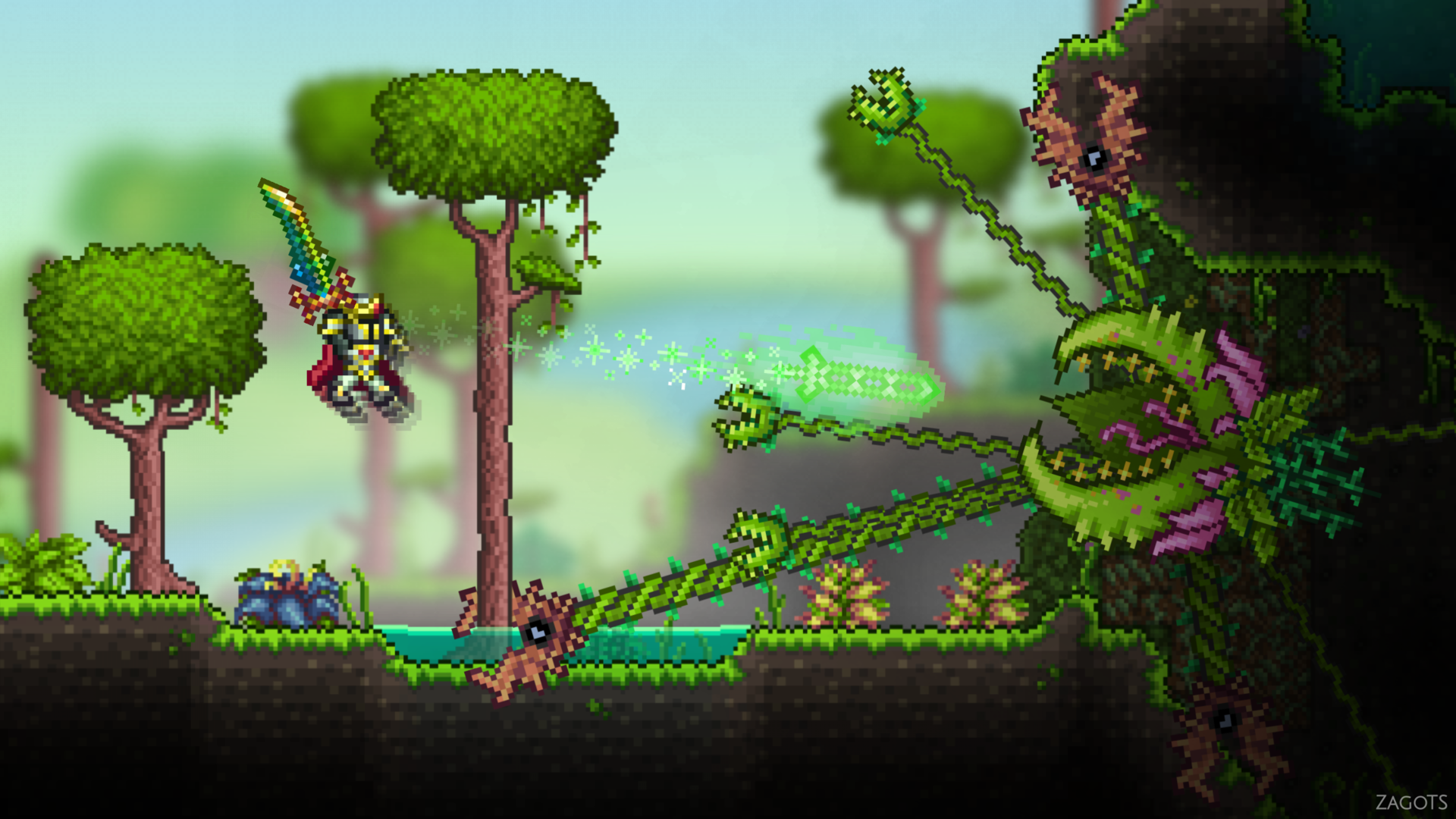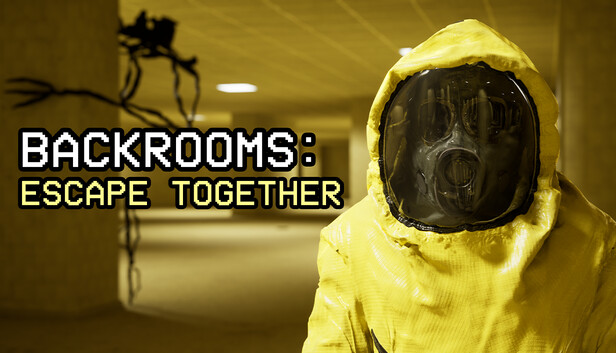
Backrooms: Escape Together
Popular Now

In Backrooms: Escape Together, fear is not just a setting—it’s a gameplay mechanic. Unlike solo horror experiences, this game throws you and your friends into a maze of procedural madness where cooperation is often your only lifeline. While the appeal of its creepy liminal spaces is obvious, what's not so clear is how to survive when the walls shift, monsters adapt, and your voice may not even reach your teammate in time.
This guide dives deep into the specific survival issue that most players underestimate: how to coordinate effectively in procedurally generated levels—where layouts shift and traditional memorization is useless. These tips go beyond “stick together” advice. We’ll explore communication strategies, role assignment, map decoding, and how to manage panic under procedural chaos.
Understanding Procedural Generation and Its Impact on Co-op

Procedurally generated maps in Backrooms: Escape Together are meant to disorient you. While this makes every run feel fresh, it also severely punishes players who rely on memory or predictable routines.
Unlike handcrafted levels with predictable escape routes, procedural design ensures:
-
Spawn points vary for players and monsters.
-
Objectives and keys appear in random locations.
-
Escape exits may require multiple layers of interaction, changing every game.
-
Room shapes and wall patterns rotate subtly, undermining directional sense.
For solo players, this is just a matter of figuring things out on the fly. But for co-op groups, the unpredictability can be lethal if players don’t prepare for the communication breakdowns that inevitably follow.
Core Tip 1: Establish a Communication Protocol Before Entering

Most team wipeouts in this game happen not because of monsters, but because players:
-
Wander off alone assuming others are behind them.
-
Miss critical item calls because they talk over each other.
-
Freeze up in panic because they don’t know what teammates are doing.
Before loading into a level:
-
Assign voice codes for major actions. For example:
-
“Yellow light” = Stay quiet and regroup.
-
“Red zone” = Enemy spotted in area.
-
“Beacon drop” = Marked a return path with an object.
-
-
Use directional shorthand like “2 o'clock” or “left side near the buzzing room.”
-
Establish a regroup time. Every 3-5 minutes, unless you’re in direct danger, everyone should return to a checkpoint or retrace steps to meet up.
If you’re using Discord, assign a quick-mute key. The in-game mic can be atmospheric, but Discord is essential for real-time strategizing.
Core Tip 2: Master the Use of Breadcrumb Trails

Procedurally generated maps lack familiarity. That's why breadcrumbing—leaving trails to mark explored paths—is a survival essential.
Best methods include:
-
Dropping common items like empty bottles or trash at key junctions.
-
Turning objects to face a certain way (if physics allow)—a makeshift compass method.
-
Using glowsticks (if enabled): color code your paths (green = safe; red = backtrack).
-
Marking walls with notes or scratches (some levels permit environmental markings).
Be careful not to overdo it—cluttered trails confuse rather than help. Only mark:
-
Split paths.
-
Doors you’ve opened (especially if locked).
-
Safe hiding spots.
-
Areas where teammates vanished or died.
Core Tip 3: Assign Roles for Efficiency

In procedural levels, running around blindly wastes time and increases risk. A smart team divides roles to cover ground without falling apart.
Recommended roles:
-
Scout: The fastest player—often with the best hardware—scouts ahead. Their job is not to collect, but to locate and ping.
-
Archivist/Cartographer: This person mentally or physically maps rooms, tracking which corridors connect. Ideally, they mark dropped items or draw on paper.
-
Support: Gathers usable items, heals others (if the level allows it), and monitors the group’s trail.
-
Spotter/Monster Watch: Listens intently for audio cues and keeps lookout at rear or flank. Their main job is warning, not looting.
Each role doesn’t need a full-time player—people can switch—but having assigned priorities helps reduce chaos when everyone’s screaming.
Advanced Tip 4: Decode the Monster Behavior Patterns
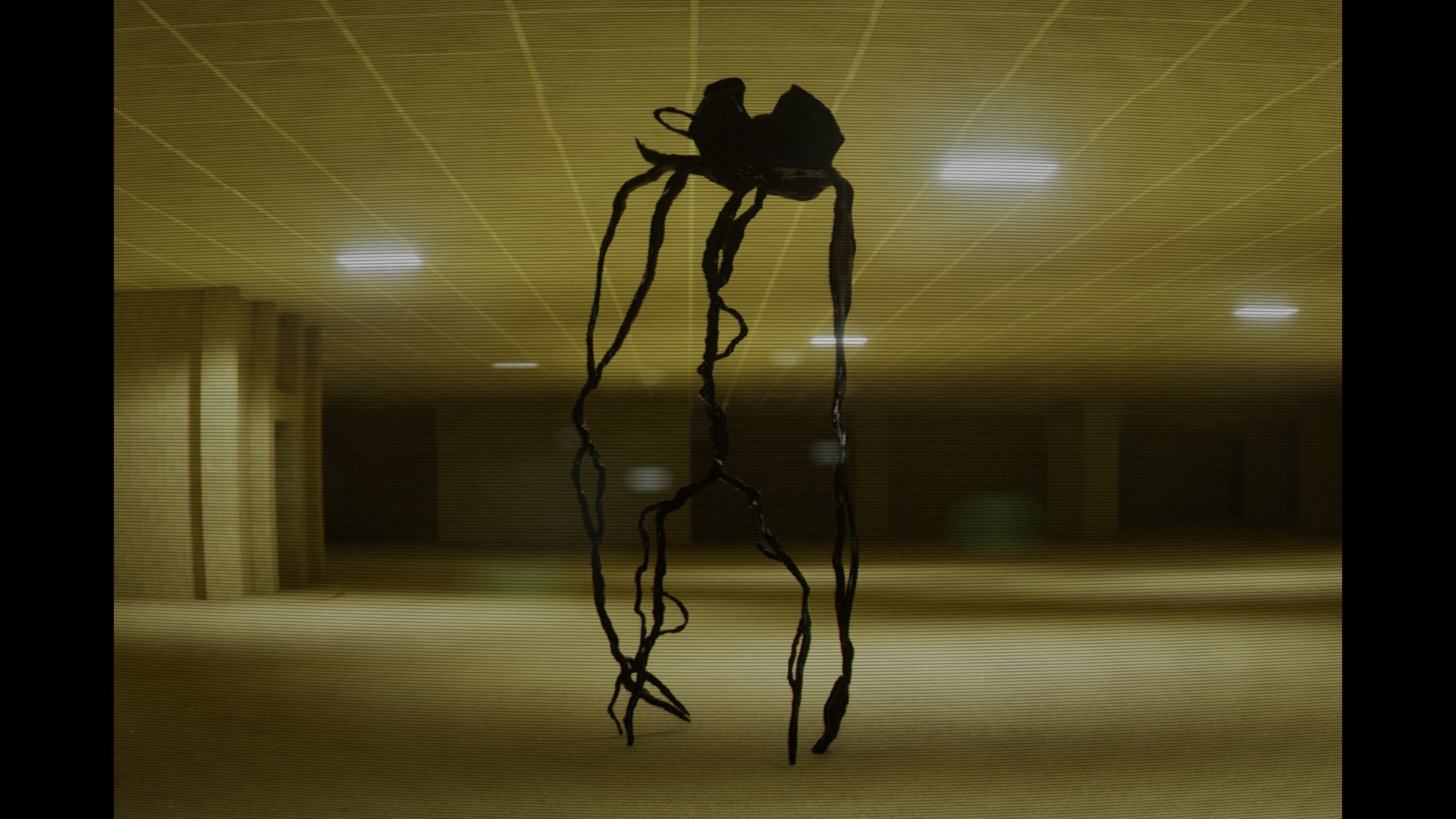
Even though levels are randomized, the AI behavior of monsters is partially consistent. Understanding how they patrol can save your team.
Most monsters fall into one of the following:
-
Sound-reactive hunters: Triggered by sprinting or mic input. Solution: crouch walk, mute mics when near.
-
Line-of-sight predators: Stop chasing if you break visual contact. Solution: turn corners fast, use obstructions.
-
Stalkers: Appear when isolated players wander off. Solution: stay in pairs at minimum.
In procedural maps, certain zones will always favor monster ambushes, like:
-
Tight rooms with only one exit.
-
Hallways with flickering lights.
-
Open fields without cover.
Train yourself and your team to recognize red flag architecture. If one player screams, others should immediately:
-
Stop moving.
-
Drop a marker or glowstick at their current position.
-
Begin listening for sound cues (breathing, static, footsteps).
Advanced Tip 5: Do Not Underestimate Psychological Drain

What procedural horror does better than static maps is mental fatigue. Over time, players second-guess memory, get impatient, or suffer breakdowns in trust.
Here’s how to combat that:
-
Take mini breaks. If you’ve been looping the same level for 30+ minutes, call a 1-minute silence or rest zone.
-
Appoint a morale leader. Someone needs to crack jokes or keep spirits up—it’s surprisingly powerful.
-
Acknowledge fear without panicking. Train your group to say “I’m freaking out” instead of acting irrationally.
-
Have a reset strategy. If you go in circles too long, return to a marked base and restart with new objectives.
Remember: mental collapse is part of the game’s horror loop. But recognizing it reduces its power over your gameplay.
Advanced Tip 6: Use Deaths as Intel

Most players treat a teammate’s death as failure. Smart players treat it as intel.
Why? Because when someone dies:
-
You know exactly where a monster is active.
-
You can track what caused the death—noise, movement, etc.
-
You can avoid or exploit that area depending on your objectives.
Create a habit: when a teammate dies, have them describe the last 15 seconds leading up to death. Even better, if they’re spectating, they may be able to see monster patterns that help you later.
In permadeath levels, this also encourages a meaningful sacrifice. One player can take a dangerous path knowing it benefits the group.
Advanced Tip 7: Exploit Lighting and Sound Cues

Backrooms: Escape Together hides just enough logic in its environmental design to reward perceptive players.
-
Buzzing lights often indicate item-rich zones, but are also high-risk.
-
Low ambient hums may suggest proximity to escape portals or important puzzles.
-
Static bursts from radios can hint at monster presence or trigger an event if interacted with.
Train your team to shut up and listen every time you enter a new zone. Those few seconds of environmental scanning can make the difference between survival and slaughter.
The Final Layer: Know When to Escape Together vs. Alone
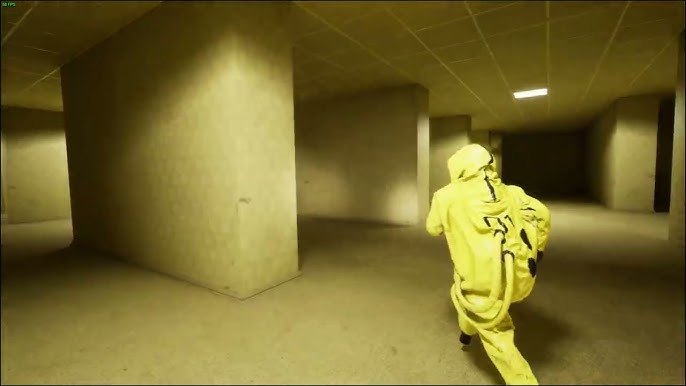
One of the most brutal (and brilliant) mechanics in this game is that sometimes the exit will only appear once, or allow one person through. Or worse—it teleports people separately.
So here's the dilemma: do you wait for everyone or secure your own survival?
Tips to navigate this:
-
Agree beforehand: Will your team always try to escape together?
-
If someone finds an exit, they should mark it and circle back unless someone’s dying.
-
If separation happens, immediately switch to “minimize noise, find new objective” mode.
Remember: some endings punish survivors if others die. Sometimes, waiting earns you the true ending.
Backrooms Is Brutal, but You Can Beat It—Together
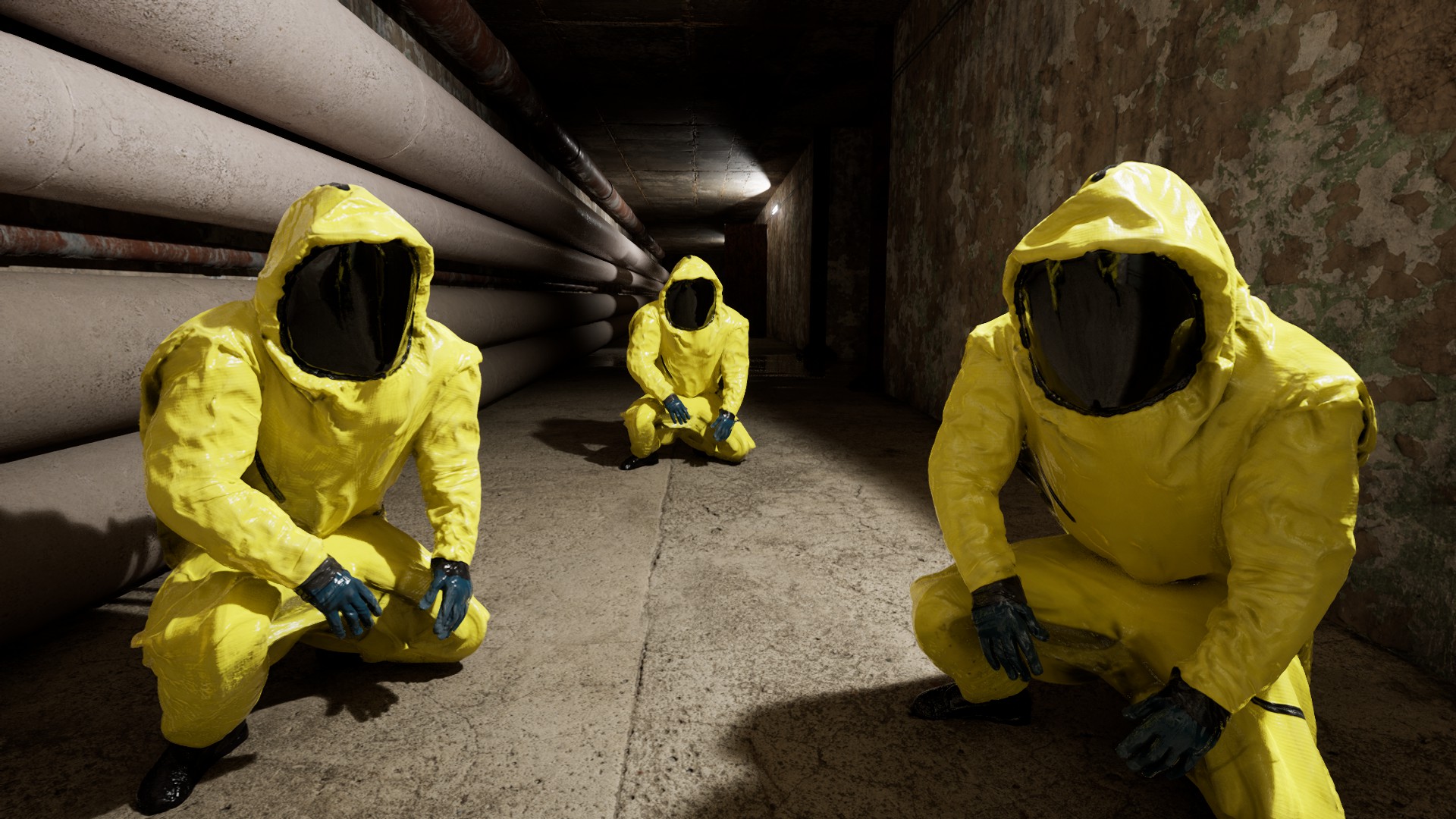
Procedural horror is unforgiving. It disables memory, breaks habits, and forces you to think like prey. But in Backrooms: Escape Together, it also rewards coordination, adaptability, and group awareness far more than any single mechanic.
Most teams don’t lose because the monster is smarter. They lose because they don’t prepare for unpredictability. But with clear roles, planned communications, breadcrumb tactics, and respect for psychological fatigue, you can not only survive—you can dominate even the most chaotic seed.
So next time you hear a hum behind that corner, don’t panic. Listen. Signal your team. Drop a trail. Move like a unit.
Because in the Backrooms, surviving together isn't luck—it's skill.











